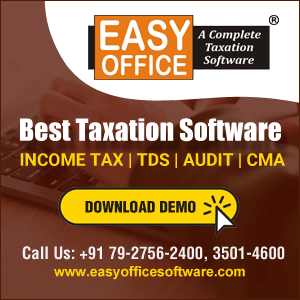Introduction
In the realm of cross-border transactions involving payments to non-residents, Tax Deducted at Source (TDS) plays a crucial role, especially under Section 195 of the Income Tax Act.
A landmark case shedding light on the application of Section 195 is the Engineering Analysis Centre of Excellence (P) Ltd. vs. Commissioner of Income Tax & Anr.
Background
The case revolved around payments made by resident Indian end-users/distributors to non-resident computer software manufacturers/suppliers. These payments were considered as consideration for the resale/use of computer software through End User License Agreements (EULAs) or distribution agreements.

Key Ruling
The court determined that such payments did not qualify as royalty for the use of copyright in the computer software under Double Taxation Avoidance Agreements (DTAAs). Consequently, this ruling had significant implications for the taxation of such transactions in India.
Understanding TDS under Section 195
Section 195 of the Income Tax Act mandates the deduction of tax at source for payments made to non-residents.
The primary objective is to ensure that the tax liability on income earned by non-residents is appropriately withheld in India.
Implications of the Case
In the context of the Engineering Analysis Centre of Excellence case, the ruling clarified that payments made for the resale/use of computer software did not constitute royalty. As a result, the payer, responsible under Section 195, was not obligated to deduct Tax Deducted at Source (TDS) on such payments.
Key Considerations for TDS Compliance
1. Nature of Payment
It is crucial to determine the nature of the payment and whether it falls under the purview of Section 195. In the case of the resale/use of computer software, understanding the legal interpretation is paramount.
2. Applicability of DTAAs
Double Taxation Avoidance Agreements play a significant role in determining the taxability of payments to non-residents. Analyzing the specific provisions of DTAAs can provide insights into whether TDS is applicable and at what rate.
3. Obtaining Tax Residency Certificate (TRC)
Non-residents should furnish a Tax Residency Certificate to avail the benefits of lower withholding tax rates as per DTAAs. This certificate attests to the resident status of the taxpayer in their home country.
4. Impact on Business Transactions
The ruling in the Engineering Analysis Centre of Excellence case emphasizes the need for businesses to stay informed about legal interpretations. It highlights that not all payments to non-residents attract TDS, especially when they do not fall under the definition of royalty.








 CAclubindia
CAclubindia

